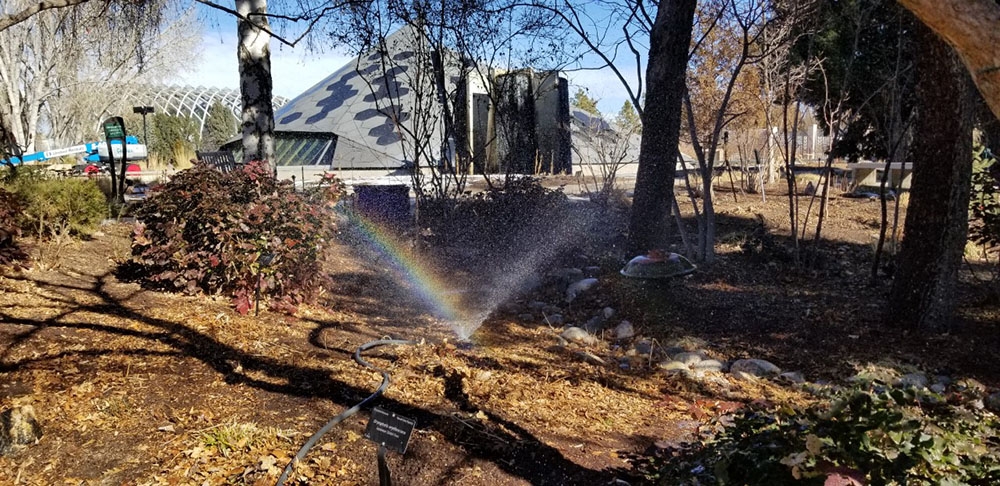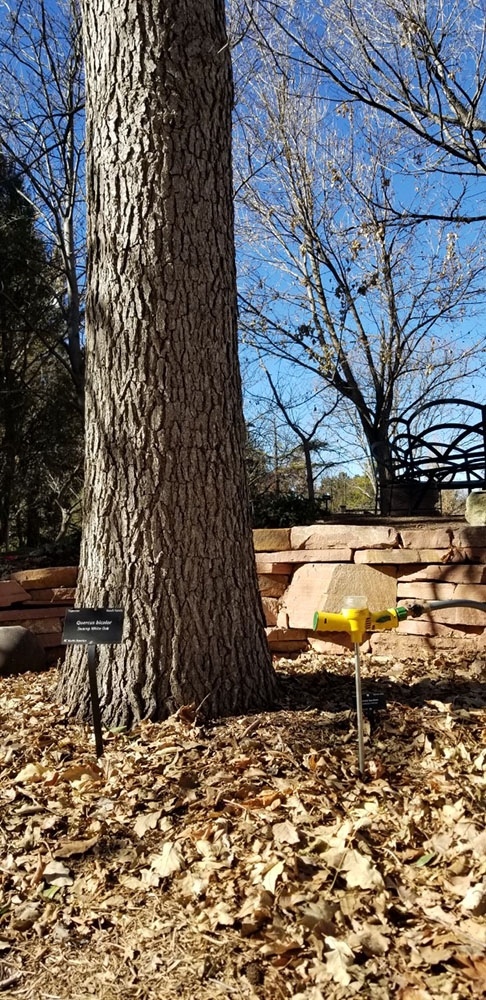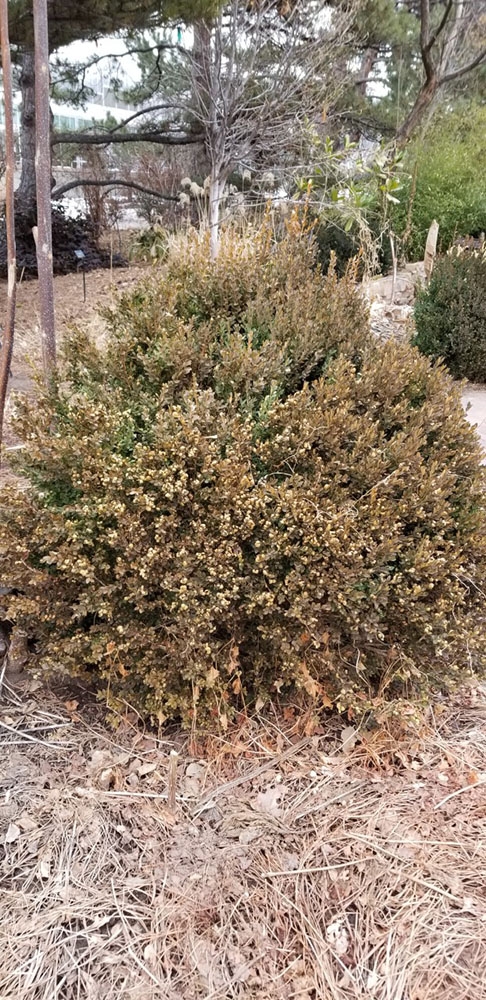Winter Watering in Colorado
Why water your garden in the winter?
Colorado winters can vary dramatically when it comes to snowfall and precipitation totals. In the Mile High City and its surrounding suburban communities, any snow accumulation lasting longer than a few days is rare and drought conditions are the norm. Because of this, urban gardens can often suffer from winter drought conditions causing long term challenges especially for newly planted trees and shrubs.
Although many perennial plants shed their leaves and go into dormancy during winter months, they are still very much alive and their root systems, buds and stems continue to grow. When there is insufficient moisture, this stresses the plant and inhibits essential metabolic processes from occurring properly. Examples of this include winter kill in lawns and perennial plants not reemerging in spring as the ground thaws. Drought stress can also be seen in trees and shrubs for several years after the drought occurs since it can affect growth rate, leaf production and overall vigor. Drought stress can also make plants more susceptible to disease and insect damage.
Best methods for winter watering:
Winter watering should be done 1-2 times per month from late fall into early spring and should be conducted on warm days when temperatures are above 40 degrees Fahrenheit and the soil is thawed. It should be done using a hose and watering wand or attachable sprinkler around midday allowing enough time for the water to infiltrate the soil before freezing. Placing several empty cups in the garden and watering until each cup has accumulated half an inch to one inch of moisture will ensure that you have adequately watered the soil around the roots of your plants. Using a deep root waterer is also a great way to water trees and shrubs. Once finished, hoses should be removed from the faucet spigot and stored to prevent freeze damage to water pipes, hoses and watering wand attachments.
What plants in the garden need to be watered in winter?
Plants that should be watered through the winter months include deciduous and evergreen trees, shrubs and groundcovers as well as perennial flowering plants. Newly planted trees and shrubs are the most crucial as this supplemental watering will allow them to establish more quickly and help them reach their maximum potential growth the following spring and summer. Evergreens are prone to winter desiccation, a process in which more water is lost through the foliage than is absorbed through the roots of the plant, resulting in yellowing or browning of the foliage. It is not necessary to water xeric plants such as cacti, succulents and many drought tolerant native plants as consistently throughout the winter as these plants are well suited for experiencing long periods of drought without detrimental long-term effects.
Gallery




Add new comment